
Meteor Activity Outlook for April 1-7, 2023
Stacey Balzum was out photographing an intense aurora display when this brilliant fireball shot through the field of view of…

Stacey Balzum was out photographing an intense aurora display when this brilliant fireball shot through the field of view of…
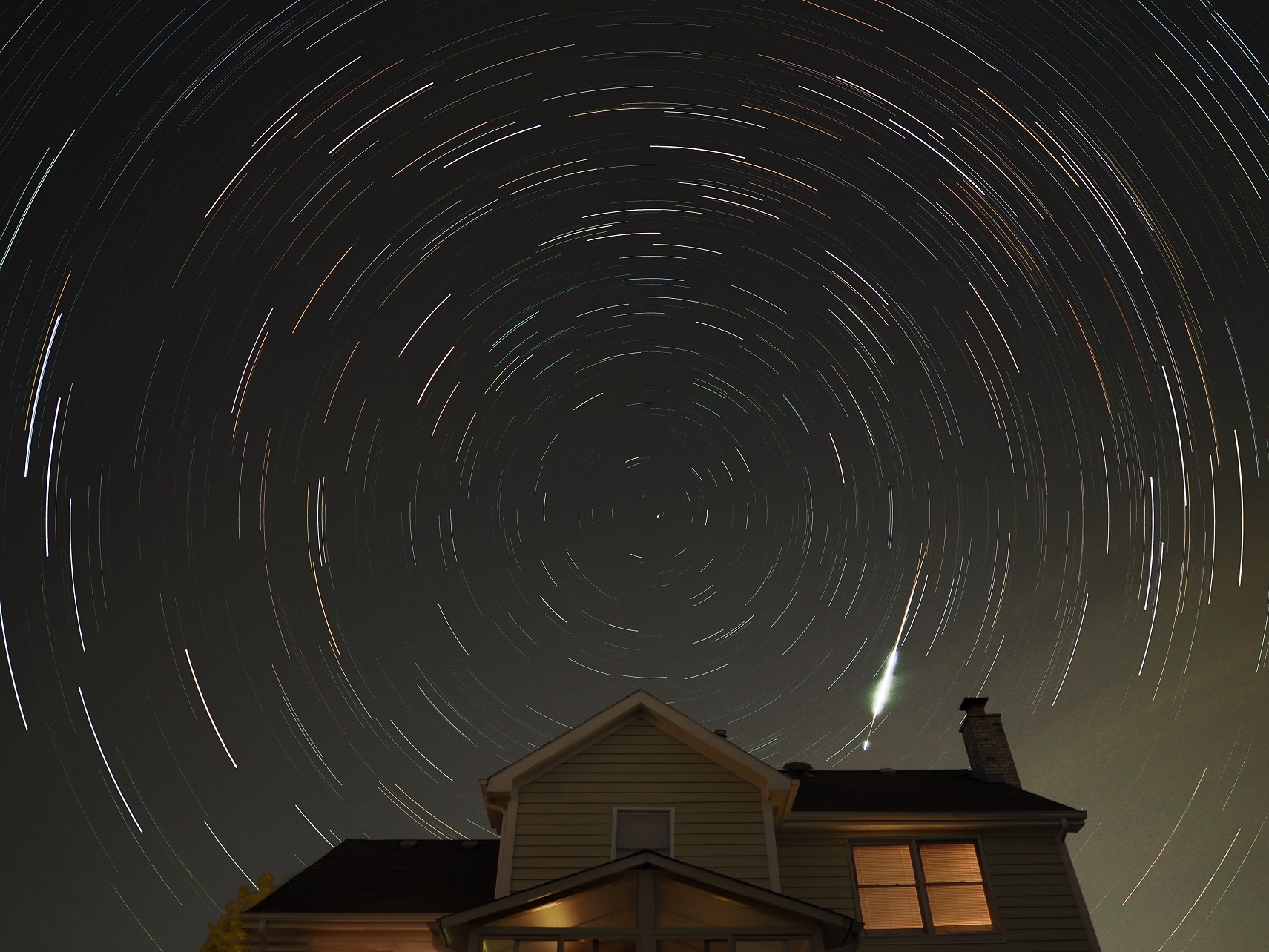
Bart Benjamin captured this bright fireball just above his house on August 2, 2022, at 22:34 CDT (3:34 UT on…
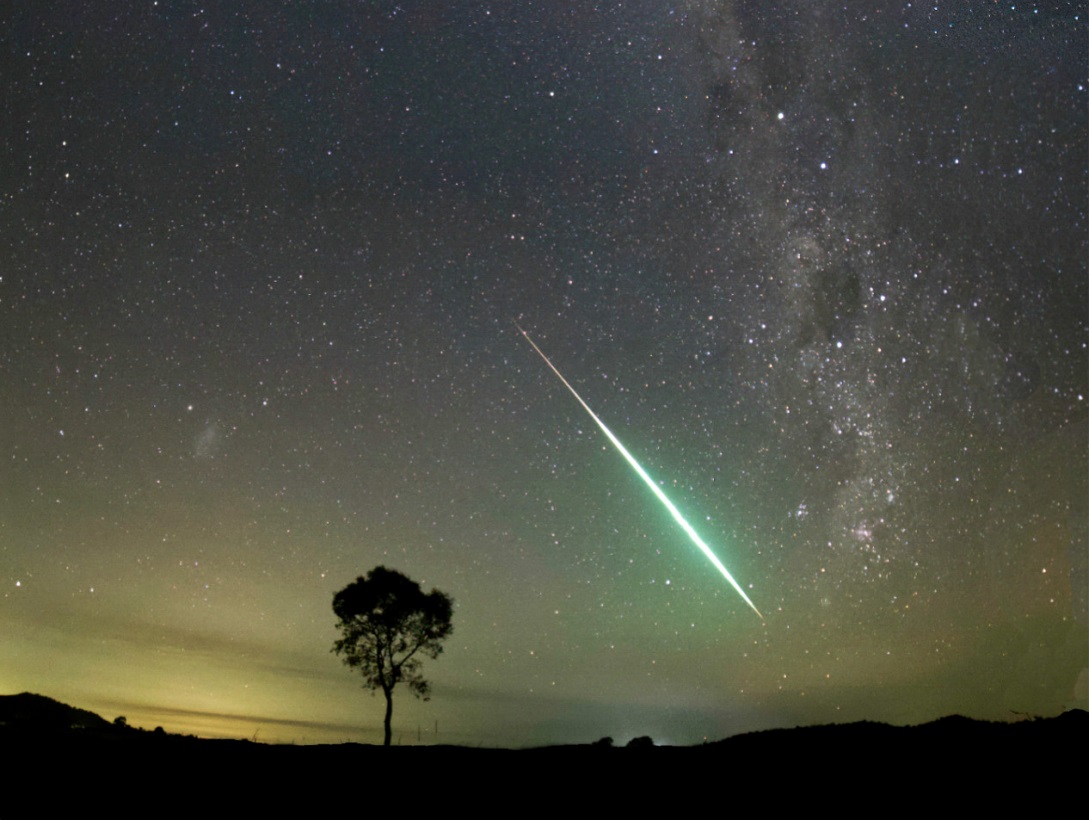
Julie Fearnley was photographing the southern sky from Kandanga, Queensland, Australia on August 20, 2022, at 19:45 AEST (9:45 UT) when…
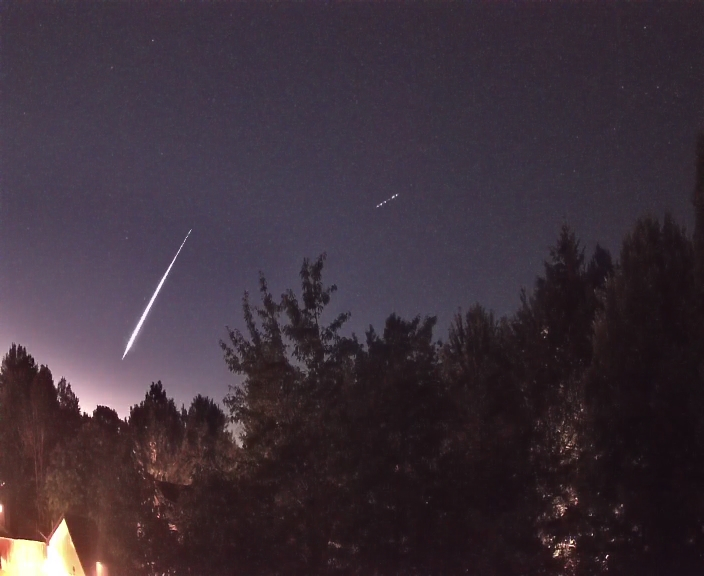
Jordan Ragsdale captured this bright fireball using his AllSky Camera System on August 12, 2022, at 22:03 MDT (4:03 UT…
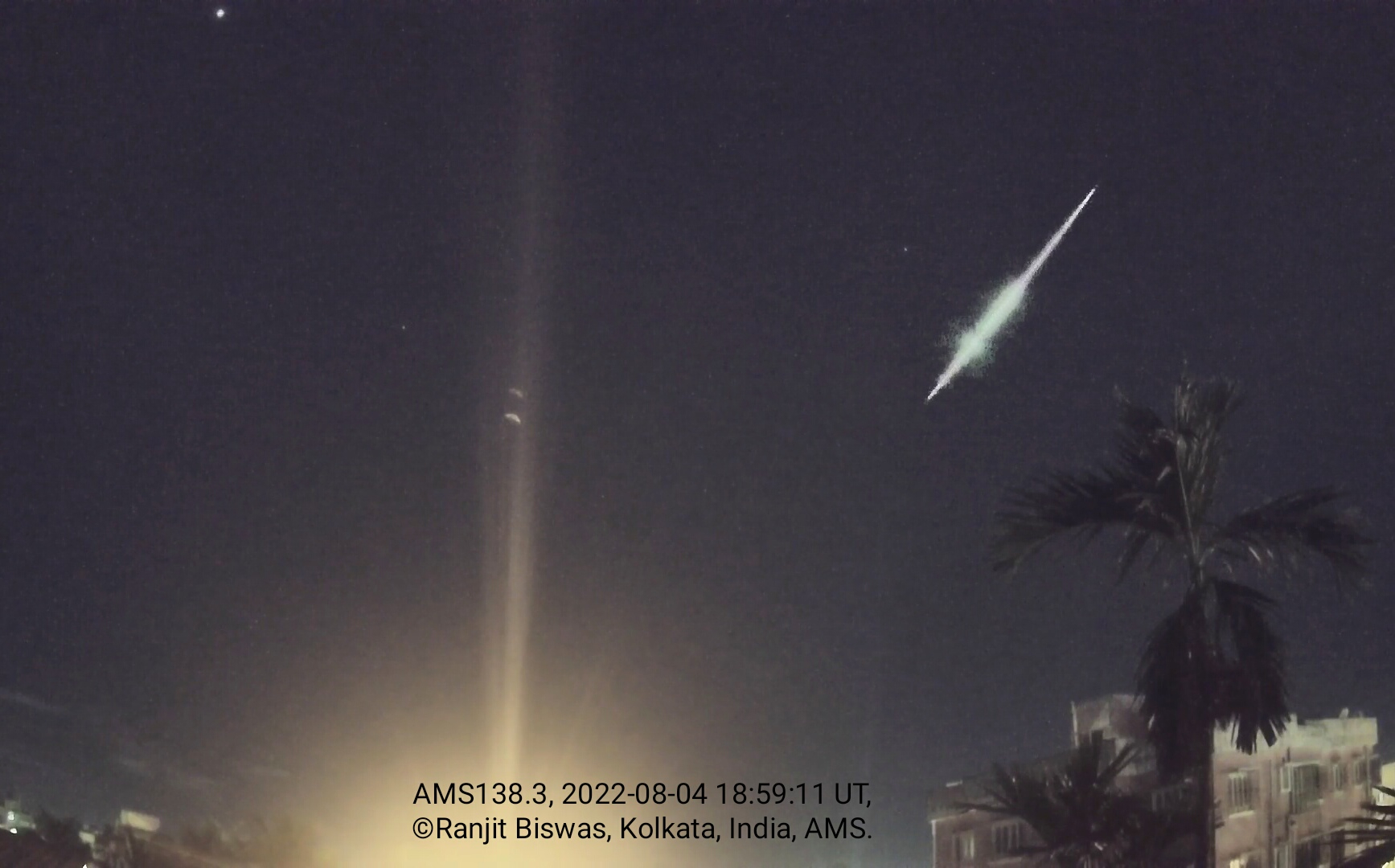
Ranjit Biswas captured this double bursting fireball on August 4, 2022 at 18:59:11 UT (00:30 IST on August 5) from…

Marie Helene Cousin captured this Perseid fireball at 0:33 CEST on August 13, 2022 (22:33 UT on August 12), from…

Aaron Morris captured this bursting sporadic fireball at 01:56 UT on August 1, 2022 (21:56 EDT July 31), from Griffin,…
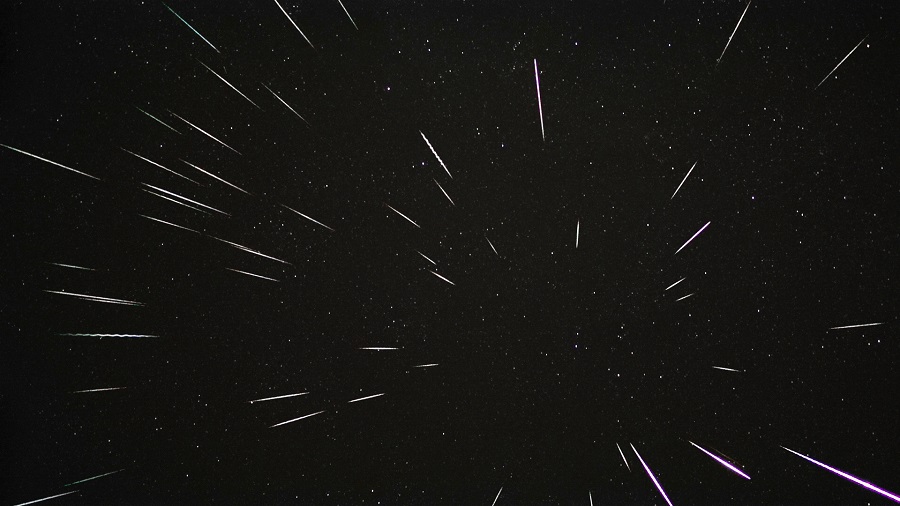
This composite photograph was created from the 2020 Geminid shower by Peter Slansky. We hope that the meteor showers of…
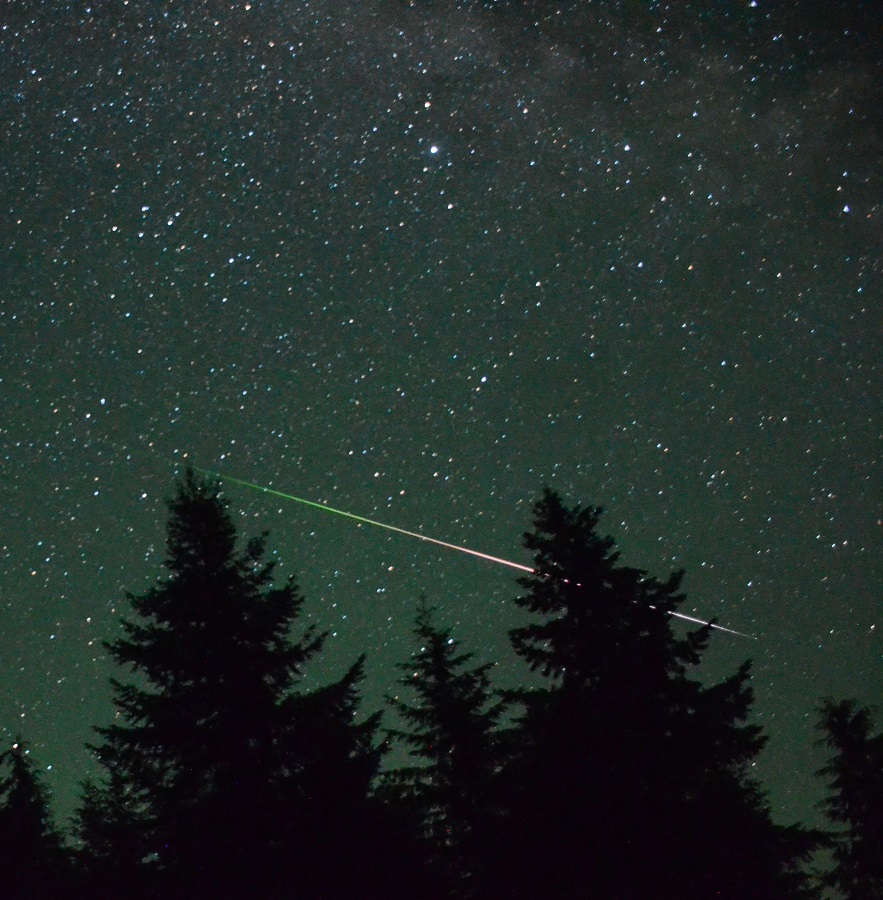
Eileen Burdick captured this colorful fireball at 05:20 UT on August 1, 2022 (22:20 PDT July 31), from Beaver, Washington, USA.…

Daniel Bush captured this short fireball at 08:01 UT on July 30, 2022 (3:01 CDT), from Albany, Missouri, USA. The…
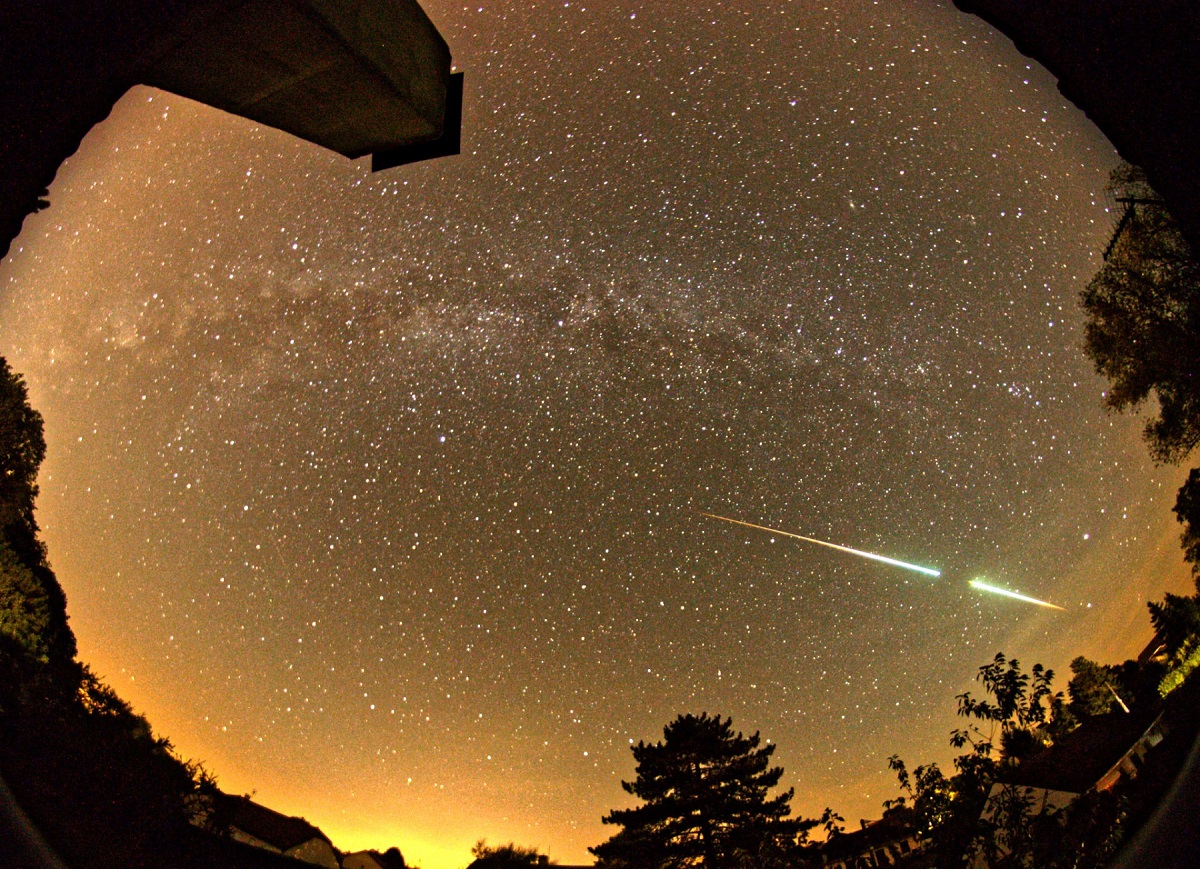
Nicolas Rossetto captured this colorful fireball at 00:20 UT on July 31, 2022 (2:20 CEST), from Saint-Thiébaud, Bourgogne-Franche-Comté, France. This…

The Ursids are active from December 13-24 with a sharp maximum on December 22nd.

During this period, the moon reaches its new phase on Friday December 23rd. At that time the moon will lie near the sun and will be invisible at night. This weekend the waning crescent moon will rise during the early morning hours but should not interfere with meteor observing as long as you keep it out of your field of view.

During this period, the moon reaches its last quarter phase on Friday December 16th. At that time the moon will lie 90 degrees west of the sun and will rise near midnight local standard time (LST). This weekend the waning gibbous moon will rise during the late evening hours, allowing a short window of opportunity to view under dark sky conditions between moonrise and dusk.

Year in and year out the Geminids are currently the most dependable meteor shower.
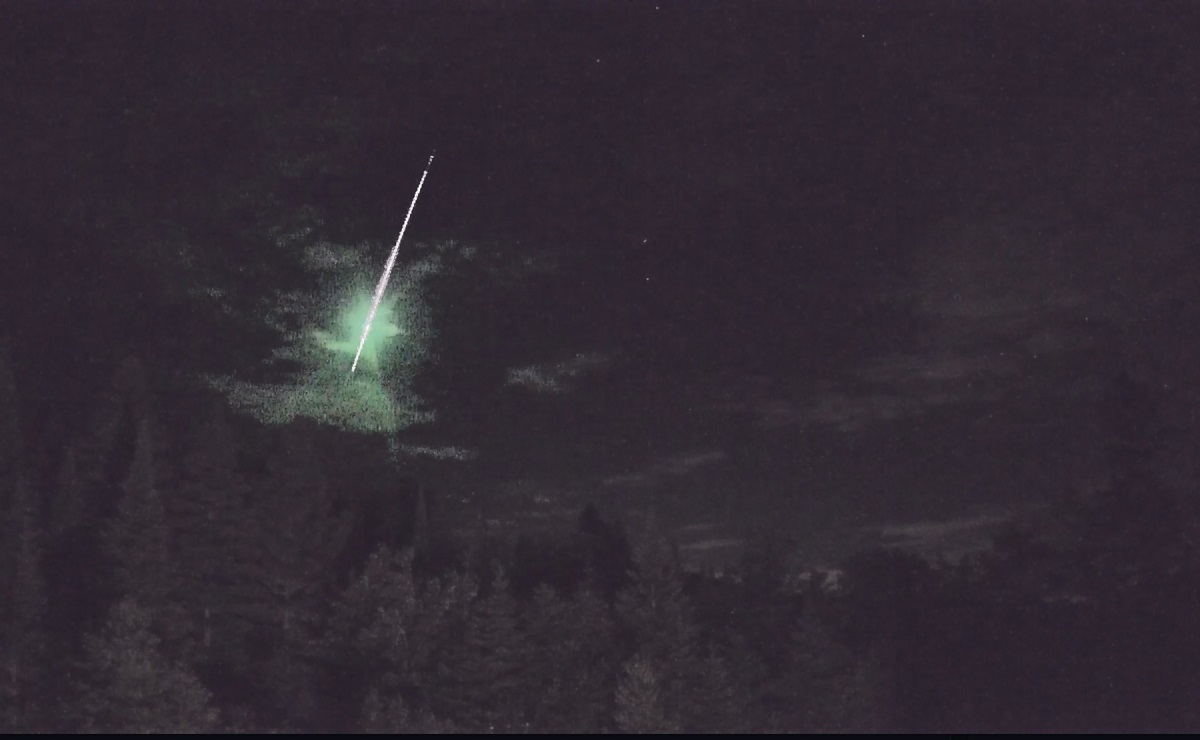
During this period, the moon reaches its first quarter phase on Thursday November 30th. At that time the moon will lie 90 degrees east of the sun and will set near 2300 local standard time (LST) on November 29th. This weekend the waxing crescent moon will set during the early evening hours and will not interfere with meteor observing during the more active morning hours.

During this period, the moon reaches its new phase on Wednesday November 23rd. At that time the moon will lie near the sun and will be invisible at night. This weekend the waning crescent moon will rise during the late morning hours and can be easily avoided by keeping it out of your field of view.
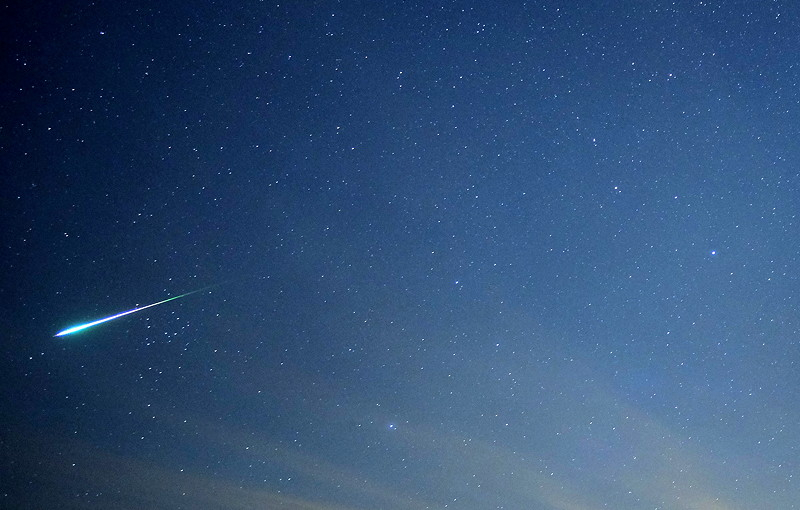
The Leonids are remnants of comet 55P Tempel-Tuttle, which last passed through the inner solar system in 1998. The comet has just passed its farthest point from the sun and is now on its inbound leg of its journey around the sun. It is expected to be closest to the sun again in 2031.
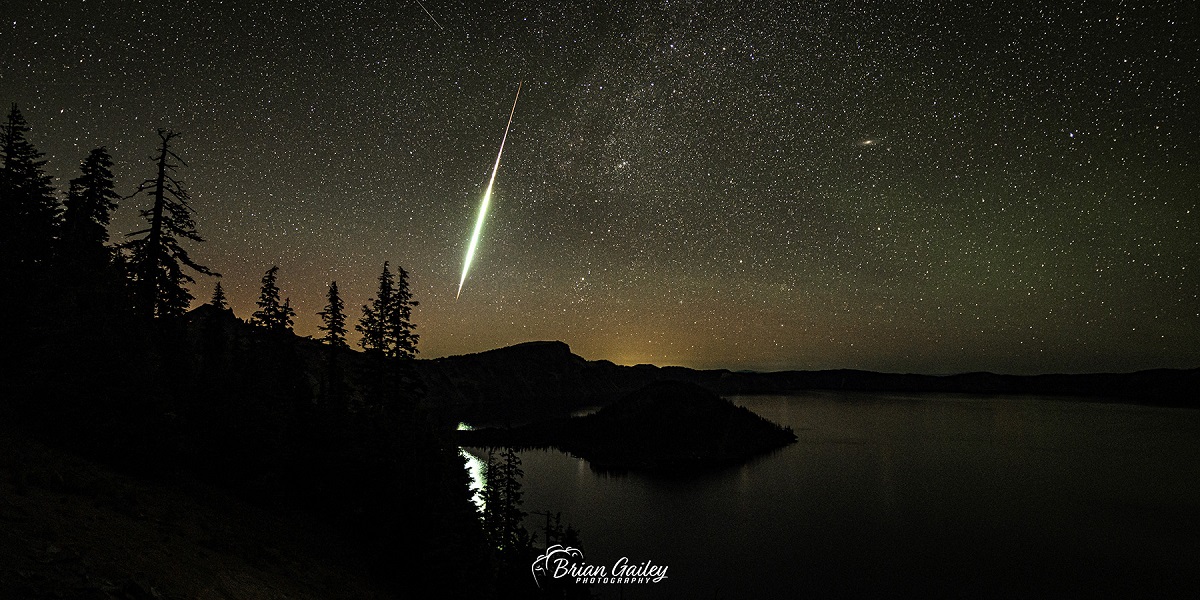
During this period, the moon reaches its last quarter phase on Wednesday November 16th. At that time the moon will lie 90 degrees west of the sun and will rise near 2300 local standard time (LST) on the 15th. This weekend the waning gibbous moon will rise during the mid-evening hours, allowing a window of opportunity to view under dark conditions between the end of dusk and moon rise.

On July 21, 2022, Matthew Maingay was photographing the Milky Way from Lake Tekapo, South Island, New Zealand, when he…
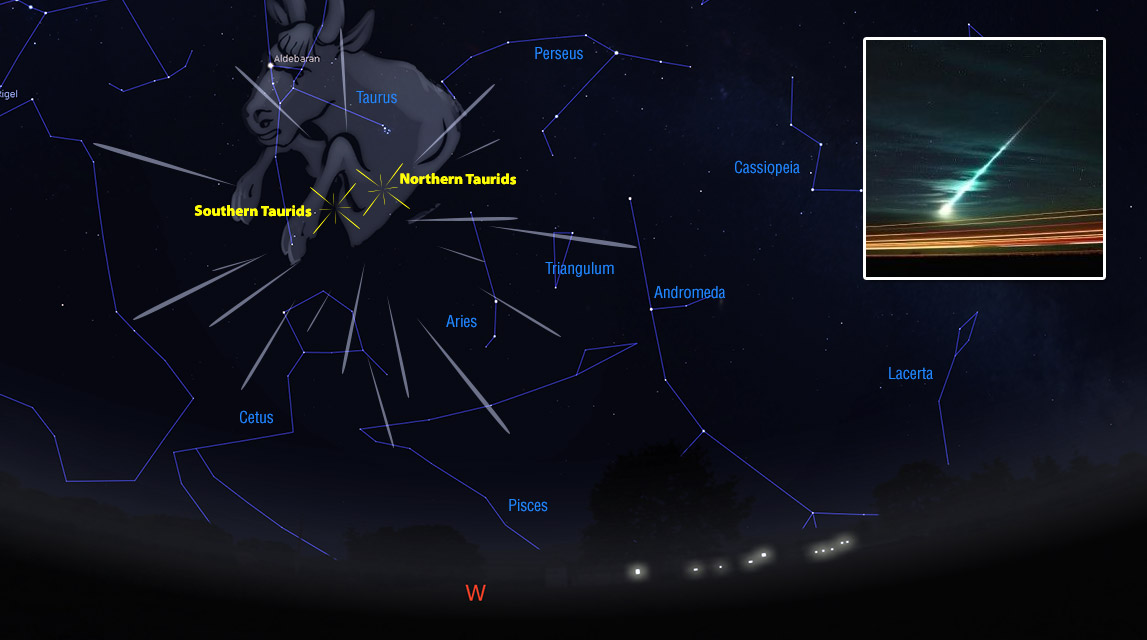
The annual Taurid meteor shower usually does not inspire too much excitement as each branch (North & South) rarely produce more than 5 shower members per hour at maximum. They are usually in the background for those viewing the more potent Orionid meteor shower, providing a few nice slow meteors in contrast to the swift Orionids. This year could be different though as the southern branch of the Taurids is predicted to produce an increasing number of meteors this year.